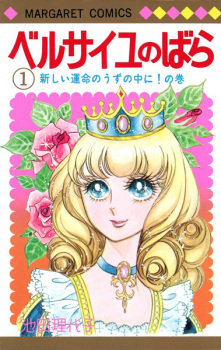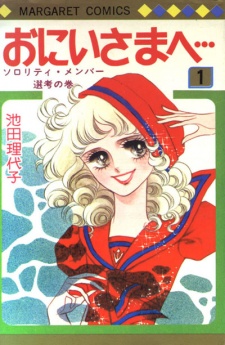Alternative TitlesSynonyms: Mama's Violin Japanese: ママのバイオリン InformationType: Manga
Volumes: 4
Chapters: Unknown
Status: Finished
Published: Jul 1958 to May 1959
Demographic:
Shoujo
Serialization:
Shoujo Club Authors:
Chiba, Tetsuya (Story & Art) StatisticsScore: N/A1 (scored by - users) 1 indicates a weighted score. Ranked: #217332 2 based on the top manga page. Please note that 'R18+' titles are excluded. Popularity: #41182
Members: 155
Favorites: 0 | New Interest Stack Interest Stacks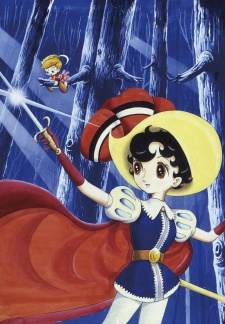 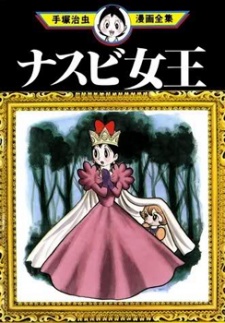 Note: Due to the number of missing manga from the database I will add the ones that would be included in the stack at the bottom of this description. And will leave room in the stack for these manga in the case that they are added in the future. 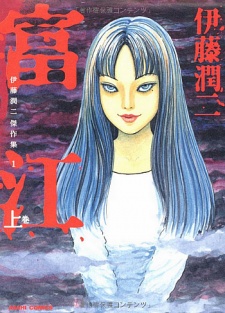  Most of the shoujo manga made by men were created in the 50's, 60's and 70's. Back in those days it wasn't out of the ordinary. The father of manga himself, Osamu Tezuka, created many shoujo manga, including the famous Ribbon no Kishi (Princess Knight).  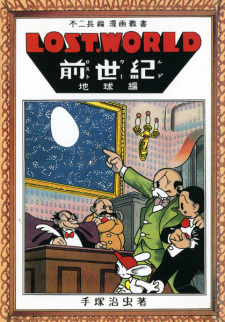 List of manga that were mentioned in the book 少女マンガはどこからきたの? Manga that are not in MAL are listed as text in this description. |

